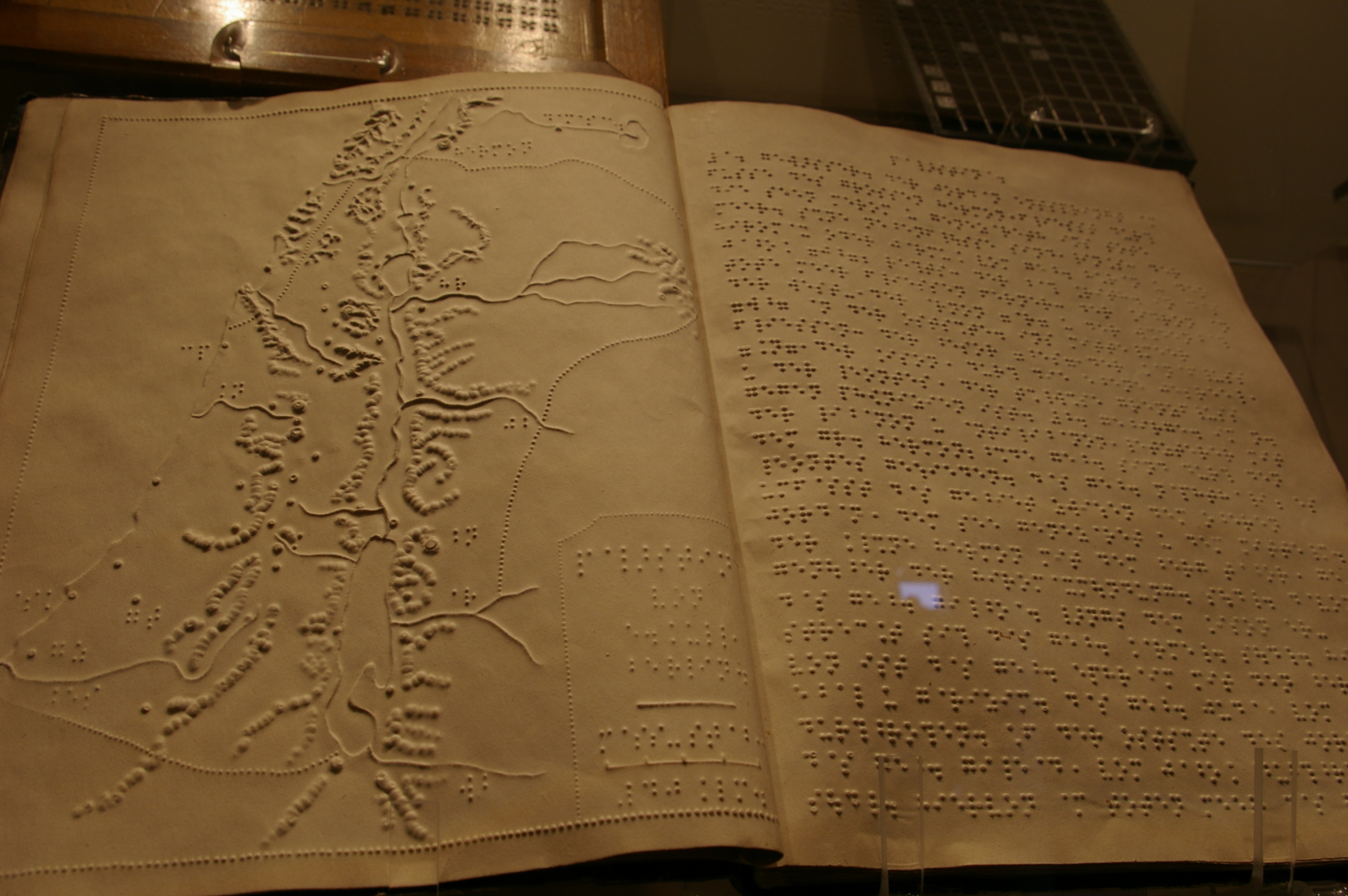About
The existence of increasing numbers of students with disabilities accessing higher education (HE) does not necessarily mean that HE institutions are Inclusive (Beauchamp-Pryor, 2013). Also, several barriers have been studied, from financial to attitudinal (Hutcheon & Wolbring, 2012), marking the discontinuity between higher education and secondary education levels, which constitutes a barrier to performance and academic success (Ebersold, 2014). The research shows, therefore, that higher education institutions (HEI) are not yet promoting equality and equity in access, success and prospects of students with disabilities. The situation of Portuguese HEIs was analysed by the Workgroup of Support to Students with Disabilities in Higher Education (GTAEDES) that, in the questionnaire carried out at Portuguese HEIs, found a considerable heterogeneity of institutional responses (Pires, Seco & Martins, 2015). However, and far beyond this macrosystemic level, Inclusion is built on what teachers develop in their classrooms. Research has shown that teachers are not prepared to teach students with diverse needs to guarantee equity in access and opportunities for all (Lombardi, Vukovic, & Sala-Bars, 2015). The promotion of Inclusion, therefore, requires knowledge of the attitudes and practices of higher education teachers in their teaching, taking into account the necessary adaptations that promote the success of students with additional support needs. This project has the following objectives:
a) to know the type of responses that Portuguese higher education institutions (public and private, university and polytechnic) establish in their regulations and internal guidelines;
b) to understand the attitudes and practices of higher education teachers in responding to the specific needs of students with additional support needs;
c) know the perceptions of higher education students about their needs and experiences, as well as their proposals for building a truly inclusive environment.
The diversity and complementarity of the objectives set call for different and complementary research methods. Thus, to respond to the first objective, a qualitative and interpretive approach, centred on the exploration of the regulations of the higher education institutions regarding the answers to students with disabilities will be implemented. The second objective will require a quantitative approach, centred on the collection of data through the Portuguese version of the Inclusive Teaching Strategies Inventory (ITSI; Lombardi, Vukovic, Sala-Bars, 2015). Finally, the third objective will be fulfilled again through a qualitative and interpretative approach, with the collection of perceptions of higher education students with disabilities and through semi-structured interviews.
The results will give rise to several publications - taking into account the various objectives - as well as a summary of the research project.





